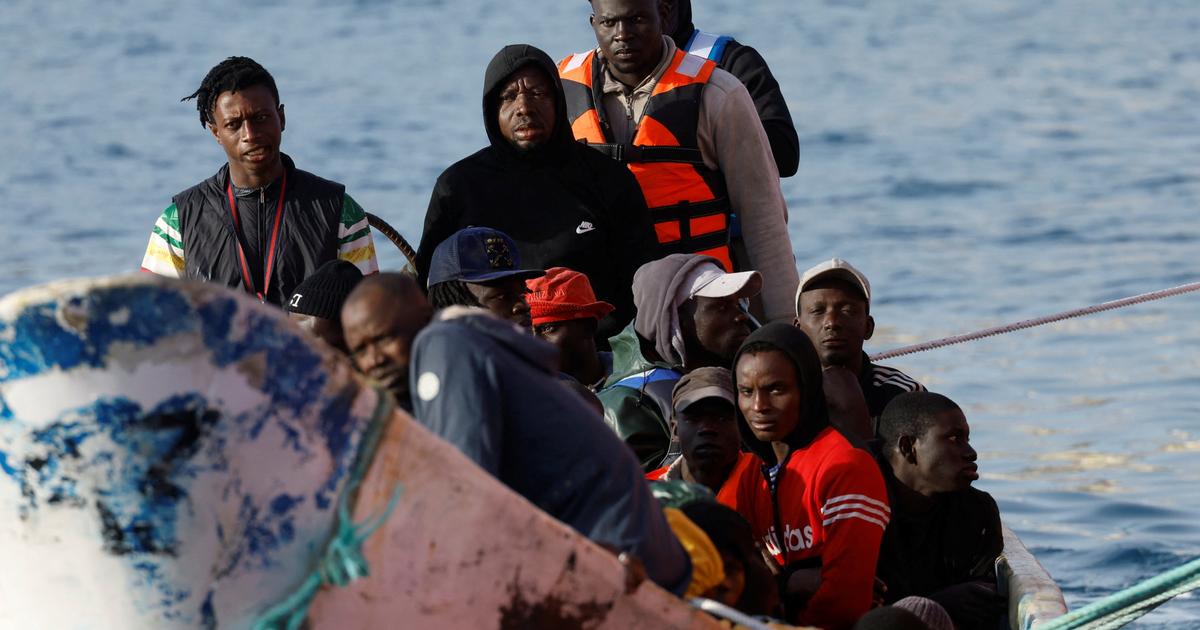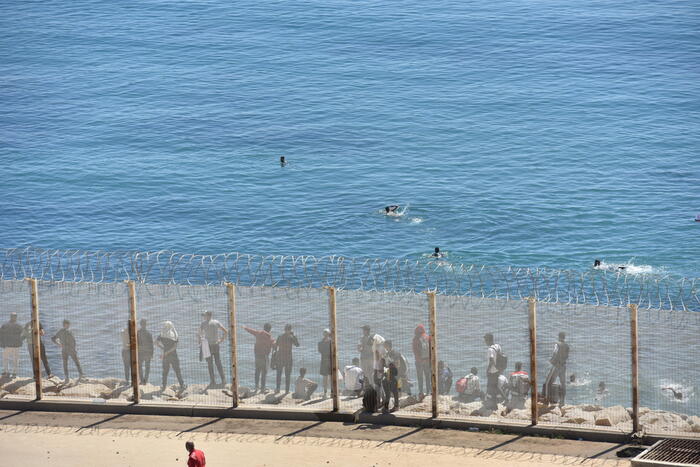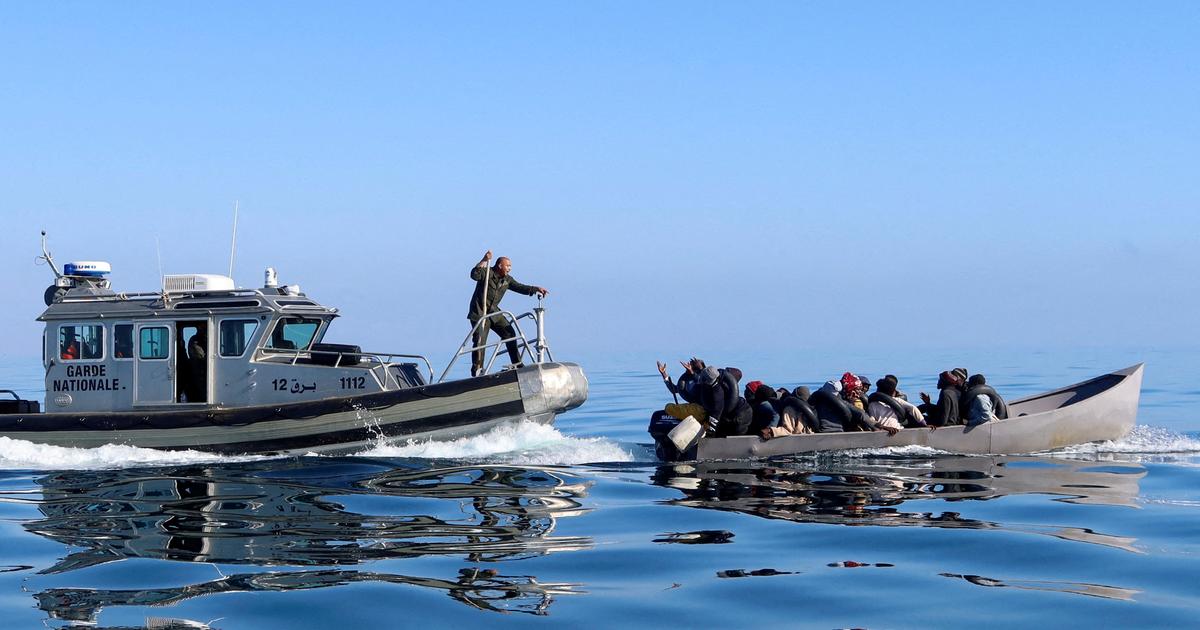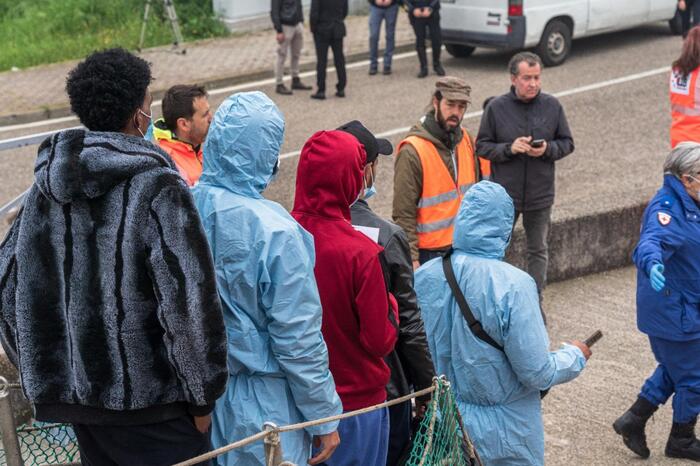They are the great forgotten of the migratory crisis in Europe: they neither reached the Old Continent nor did they add to the regrettable lists of drowned in the middle of the sea. Almost 35,000 people, according to the UN, have been victims since 2019 of border expulsions on the high seas, one of the most common practices that the European Union, through the Libyan coast guards, applies in the central Mediterranean to prevent migrants reach community soil and shoot the number of arrivals. In the first five months of 2021 alone, more than 13,000 migrants have been returned by the Libyan Coast Guard to that Maghreb country. This means that the figures for forced returns have already been exceeded compared to all of 2019 (9,225) and 2020 (11,891). The UN, through the International Organization for Migration,Together with humanitarian NGOs, they have been demanding that the European authorities end this practice for months because, among other reasons, "Libya is not a safe country."
For the UN, the danger is not only in the outward journey, but also in the return of migrants to countries like Libya. Michelle Bachelet, UN High Commissioner for Fundamental Rights, criticized in mid-May in a harsh report that the EU, Frontex and countries such as Malta and Italy leave migrants at the mercy of the Libyan coast guard and return them to the Maghreb country. , where his life is in serious danger. Sara Prestianni, an expert on migration and asylum at the Euro-Mediterranean Human Rights Network, said in a telephone conversation weeks ago: “The EU, through [economic] funds for Africa, trains, arms and finances the Libyan coast guard, which it forcibly returns the migrants it intercepts in the middle of the sea ”. Prestianni even added to "more than 70,000" the number of people returned to Libya since 2017.
The central Mediterranean route, which connects Tunisia and Libya with Malta and Italy, is the deadliest to the EU.
NGO ships, coast guards, merchants and military ships sail there.
Frontex planes fly over its waters in search of the mafias that traffic every year with the desperation of tens of thousands of people who embark on a dangerous journey.
Since last January, 920 people have lost their lives in these waters, the vast majority from sub-Saharan Africa, although 2021 is the first year since 2014 that records deaths of people from Southeast Asia, according to the UN Refugee Agency (UNHCR ).
More information
Departures of migrants to Europe by sea rise by a third as the pandemic eases
The UN criticizes the EU for its policy of irregular returns of migrants to Libya on the high seas
After fleeing the war in Syria, the famine in Sudan, the terrorism in Somalia, the Taliban advance in Afghanistan or the despair itself in Libya; after crossing the Sahara desert and falling under the control of the mafias; After risking their lives - and sometimes their children - in an overflowing boat and without food, water or life jackets, more than 30,000 people have encountered the Libyan Coast Guard since 2019, sometimes at gunpoint, and they have been forced to return to that hell they thought they had left behind. “No one should be returned to Libya after being rescued at sea. Under the international law of the sea, those rescued must be landed in a safe place, and Libya is not, ”the UN declared days ago.
Lisa Macheiner, who until last month worked in Libya with the NGO Doctors Without Borders, narrates over the phone from Tunisia how, so far in 2021, she has noticed an increase in the return of migrants to detention centers in Libya.
“Interceptions in the [central Mediterranean] sea are increasing and that increases the number of detainees.
The structures do not have capacity and there is overcrowding, violence, lack of food and the supplies of medicines are extremely limited ”, he warns.
Join EL PAÍS now to follow all the news and read without limits
Subscribe here
Humanitarian organizations and even the UN reiterate the very poor living conditions in Libya.
Macheiner assures first-hand that migrants there "have no right to have rights."
Most of the detention centers run by the Libyan authorities have a closed regime - "a real prison", adds the humanitarian worker -;
in others, migrants receive only one meal a day in which vegetables and protein are scarce.
Pasta with tomato sauce, rice and bread, Macheiner lists.
“It is very, very basic.
And in some centers, there is not always access to drinking water ”.
Detention centers
Doctors Without Borders was able to document living conditions in 30 detention centers run by the Libyan authorities on the west coast, near Zwara and Misrata; and on the east coast, around Benghazi. Most of the migrants had “limited access” to outdoor spaces, while a dozen of them only enjoyed some freedom for “less than half a day”. In the same document, it is detailed how in most of these "prisons", as Macheiner calls them, there is no ventilation whatsoever and electricity cuts are the daily bread.
In addition, migrants - separated men from women, but not adults from children - are completely denied access to legal and psychological support, the internet, television and even newspapers. Most of the inmates are between 19 and 59 years old, as documented by the NGO. The most common is that they receive meals between two and three times a day, although in four of the centers visited the authorities only offer one meal a day. In the vast majority, according to documentation based on interviews with workers in the centers, the latrines are separated between men and women, but on many occasions they do not work.
Faced with these calamities, Macheiner reveals on the phone a "trend" that he has observed these months: the Libyan authorities close some detention centers on the coast - the most visible and obvious - but open others "in the interior of the country", which It makes us think, he maintains, in which the problem is hidden.
In this way "nobody sees so easily what happens there", he adds.
Expulsions in the Aegean
The practices of returning migrants on the high seas - in the jargon,
pushbacks
- are also carried out on the eastern flank of the Mediterranean. The Aegean Sea has been the scene of hot returns to Turkey since the beginning of 2020, with the particularity that in this case the numbers of returnees are not official. Up to five NGOs consulted that document these expulsions practically every day agree that the number of migrants who have been forced to turn around - or left adrift in Turkish waters - is around 15,000 in the last year and a half.

/cloudfront-eu-central-1.images.arcpublishing.com/prisa/SVBU7OVS5GIYT2FQKQWMLQIHKY.jpg)






